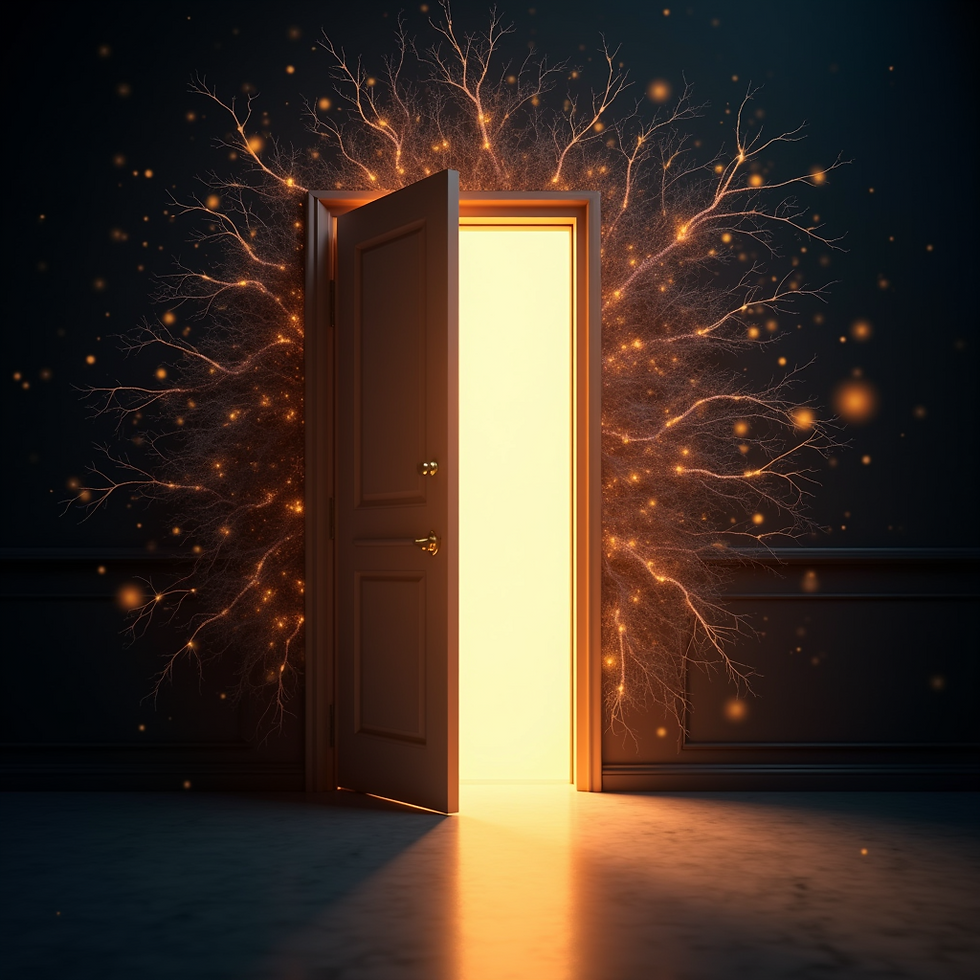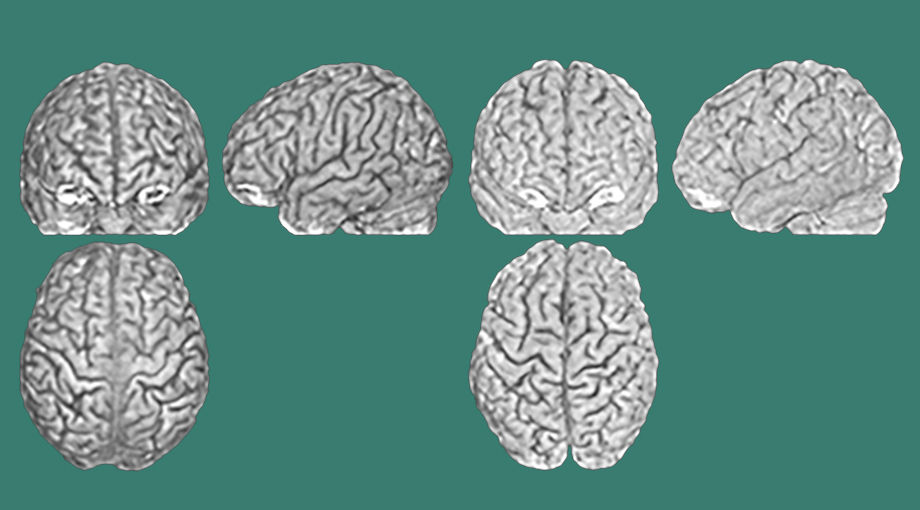Seeing Isn’t Always Believing
- Leif Rasmussen

- Aug 21
- 2 min read
Summary (≤40 words): A new study uncovers how the fusiform gyrus and anterior insula collaborate to help the brain distinguish real from imagined experiences—and why vivid imagination can sometimes blur that line.

Imagination versus reality
Ever vividly recall a daydream... and for a moment, wonder if it actually happened? Turns out, your brain has a built-in “reality checker” — but it still makes mistakes.
Researchers at UCL, using fMRI, discovered that the fusiform gyrus, a visual-processing region behind your temples, plays a key role in deciding what’s real and what’s imagined. When this area responds strongly—especially during vivid mental imagery—it can trick us into treating imagination as actual perception. Neuroscience News
But the fusiform is only half the story. The anterior insula, part of the prefrontal cortex, acts like an internal QA system—evaluating and deciding whether a perception is authentic or not. When both regions sync up, we confidently claim something is real—even if it was entirely imagined.Neuroscience News
Why it matters: This duo of brain regions helps us navigate the tricky boundary between inner fantasy and external reality. It’s not just for curiosity’s sake—understanding this system sheds light on conditions like schizophrenia, where this distinction can go awry.Wikipedia+8University College London+8Neuroscience News+8
Practical takeaway: You can train your own “mental filter.”
Slow down vivid imagery: When memories or thoughts feel “too real,” pause and label them: “That was a memory, not a present experience.”
Ground in details: Anchor imaginary thoughts by contrasting sensory cues—what you can see, hear, or touch right now.
Build “reality tagging” habits: Regularly ask yourself—“Is this from outside my eyes or inside my mind?”—especially during daydreams or strong memories.
In the S.E.E. (Sense, Evaluate, Empower) framework, this is classic "Sense" work—become aware of your inner imagery so you can evaluate it and let it serve you, not hijack you.
Key Takeaways
The fusiform gyrus boosts vivid mental imagery; strong activation can make imagination feel real.
The anterior insula helps judge whether an experience is externally real or internally generated.
By slowing down and tagging our mental experiences, we can sharpen the brain’s “reality filter.”


